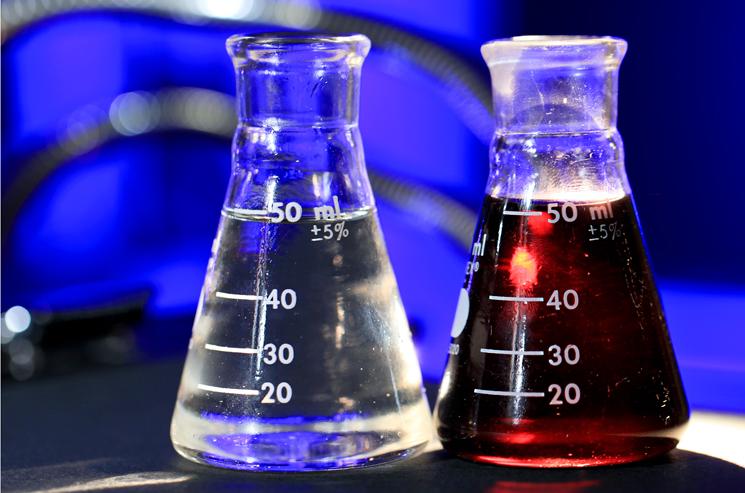
The America’s Next Top Energy Innovator Challenge, a part of the Startup America initiative, makes it easier for start-ups to use inventions and technology developed at the U.S. Department of Energy’s 17 National Laboratories and the Y-12 National Security Complex. | Photo courtesy of Lawrence Berkeley National Lab
Gas atomization technology developed at Ames National Lab and licensed to a startup company can cheaply and efficiently provide a main component in producing intricate aircraft, marine and biomedical parts.
Umpqua Energy produced an emission control system that can potentially reduce the emissions from vehicles by 90 percent.
The results are in for America’s Next Top Energy Innovator Challenge.
As of the submission deadline last week, 36 start-up companies signed 43 option agreements allowing them to license the cutting-edge technologies from the Energy Department's 17 National Laboratories and the Y-12 National Security Complex. As voting opens online, it’s America’s turn to select which technology is truly the most innovative and promising solution to one of our nation's energy challenge.
More work must be done to streamline the process from creation to commercialization in order to ensure that the best ideas are appropriately matured and introduced to the marketplace, and avoid what is referred to as the “Valley of Death” – where great innovations go to die. Just as in the broad marketplace, the Energy Department has a large number of unlicensed patents that could be commercialized.
















